Browse Books
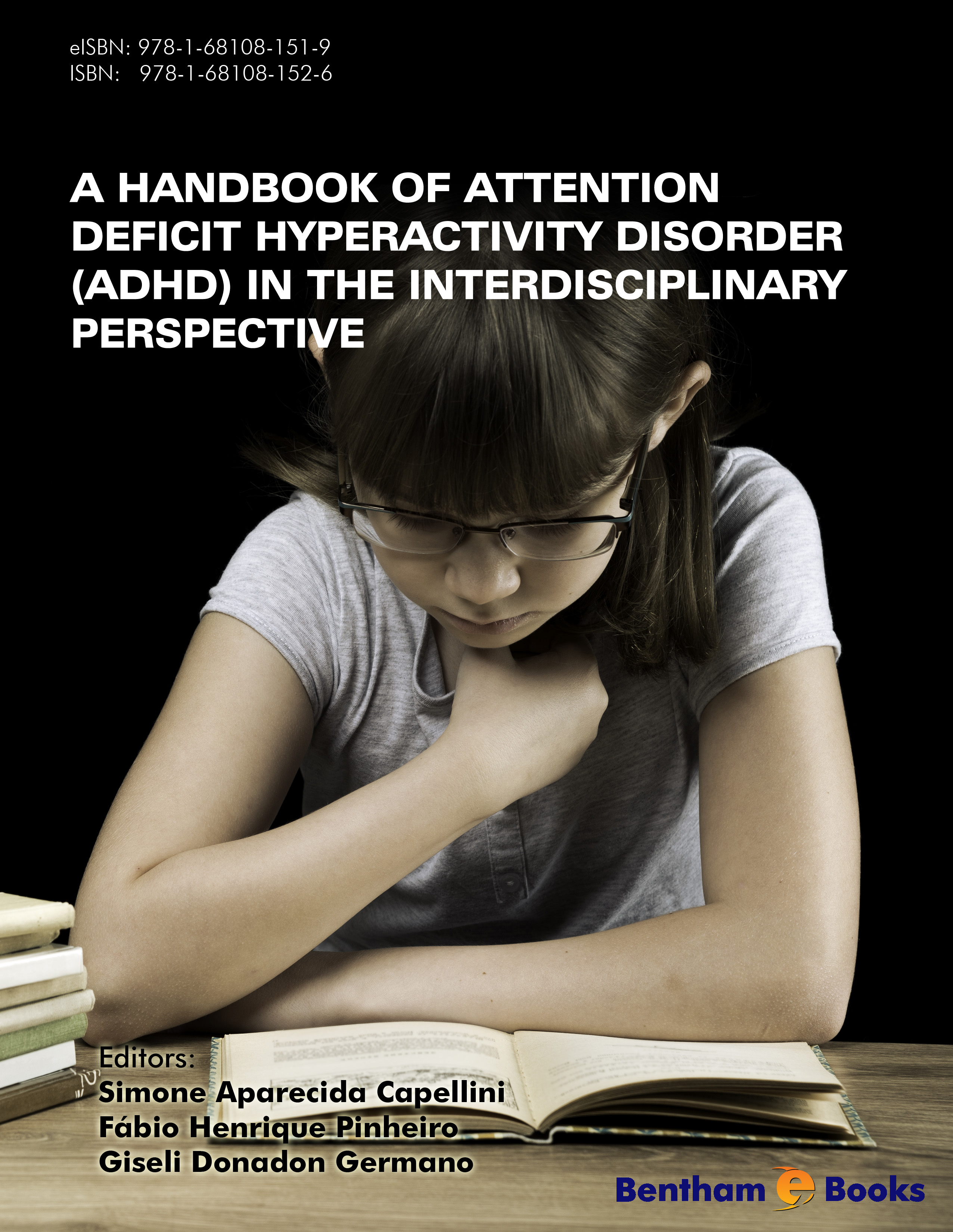
A Handbook of Attention Deficit Hyperactivity Disorder (ADHD) in the Interdisciplinary Perspective
Aug 2016
Book
Simone Aparecida Capellini,
Fbio Henrique Pinheiro and
Giseli Donadon Germano
Attention Deficit Hyperactivity Disorder (ADHD) is a genetic and neurological condition that compromises the academic performance of children. From an educational context knowledge about the cognitive-linguistic difficulties faced by these students can improve the academic and social quality life of affected children. This handbook presents an interdisciplinary perspective of Attention Deficit Hyperactivity Disorder (ADHD). Educators and healthcare pro Read More

A Handbook of Oral Physiology and Oral Biology
Jul 2010
Book
This textbook provides a comprehensive overview of the part of dentistry that links basic physiologic and pathophysiologic mechanisms to frequently encountered problems in dental practice. Themes that are covered include the structure and function of the cells of oral mucosa the biology of bone the functions of oral mucosa some important aspects on oral microbial flora and biofilms and finally the current principles on mastication swallowing a Read More
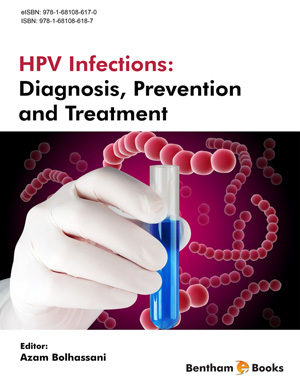
HPV Infections: Diagnosis, Prevention, and Treatment
Jan 2018
Book
Azam Bolhassani
Human papillomavirus (HPV) infection is one of the most frequently sexually transmitted diseases in the world. HPV infections are responsible for almost all cases of genital warts and are also responsible for multiple cancer in different regions of the body. Several studies on HPV diagnosis and vaccine development are in progress. Recently two commercial vaccines such as Gardasil and Cervarix have been used to prevent HPV infections. Various Read More
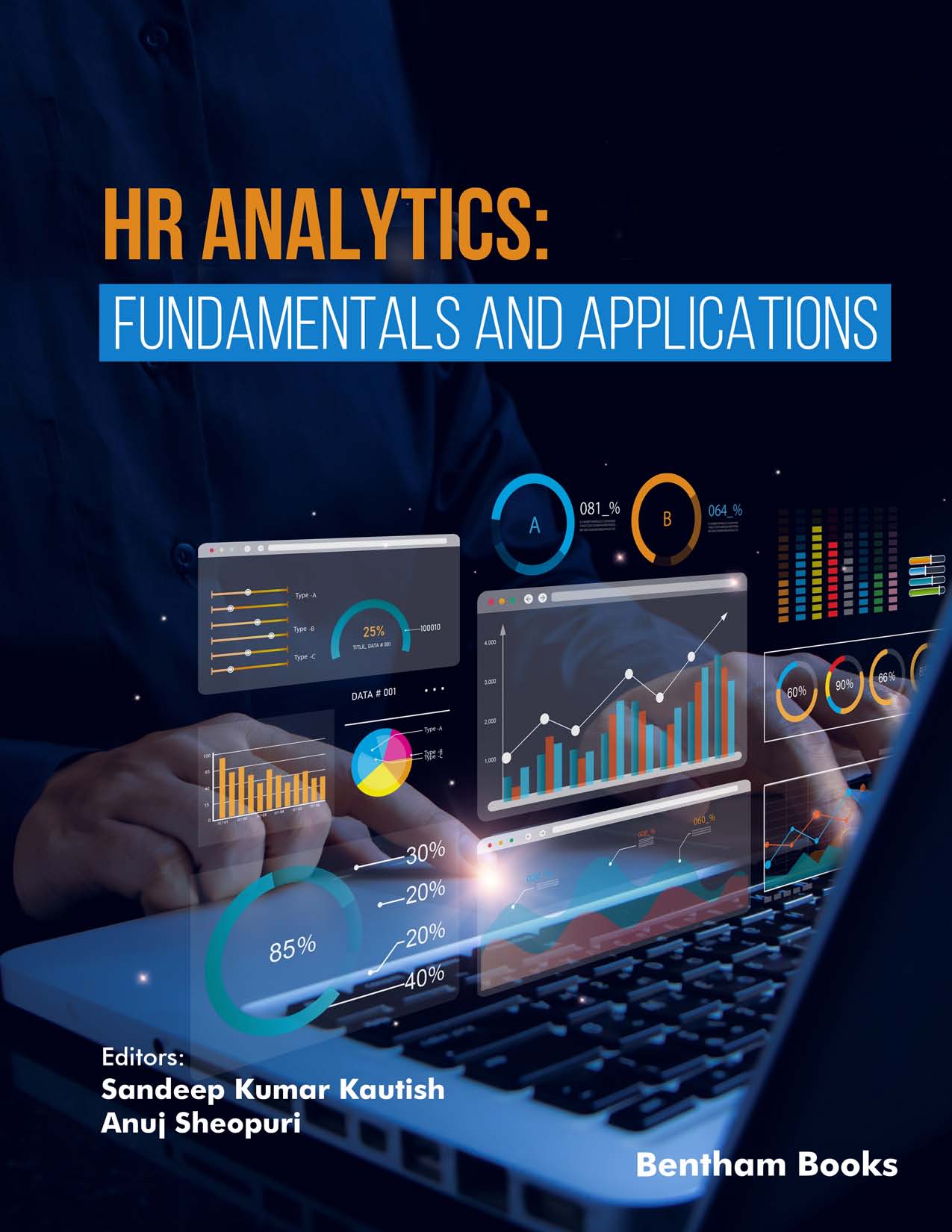
HR Analytics: Fundamentals and Applications
Dec 2024
Book
Sandeep Kumar Kautish and
Anuj Sheopuri
HR Analytics: Fundamentals and Applications provides a comprehensive exploration of the role of HR analytics in modern people management. The book covers critical topics such as the impact of HR analytics on organizational performance the use of predictive models in recruitment and employee performance and the benefits and challenges of implementing HR analytics. It offers practical tools techniques and strategies to enhance HR decis Read More
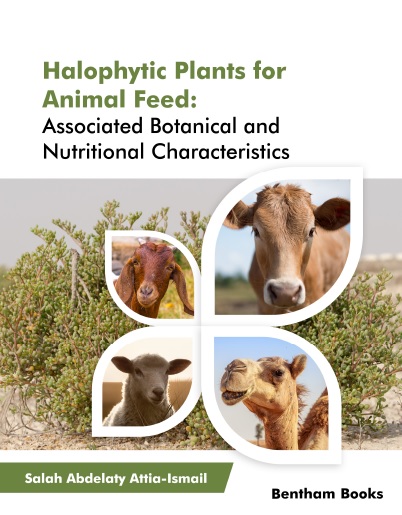
Halophytic Plants for Animal Feed: Associated Botanical and Nutritional Characteristics
Jun 2022
Book
Halophytic plants are a fascinating group of plants that also serve as dietary feed for livestock. Their utilization is essential for sustainable agriculture and maintaining ecological balance. This book explains the nature of halophytic plants through an in-depth presentation of their botanical and nutritional characteristics. Chapters of the book highlight different aspects of halophytes on a botanical histological ecological and nutritional basis when utiliz Read More
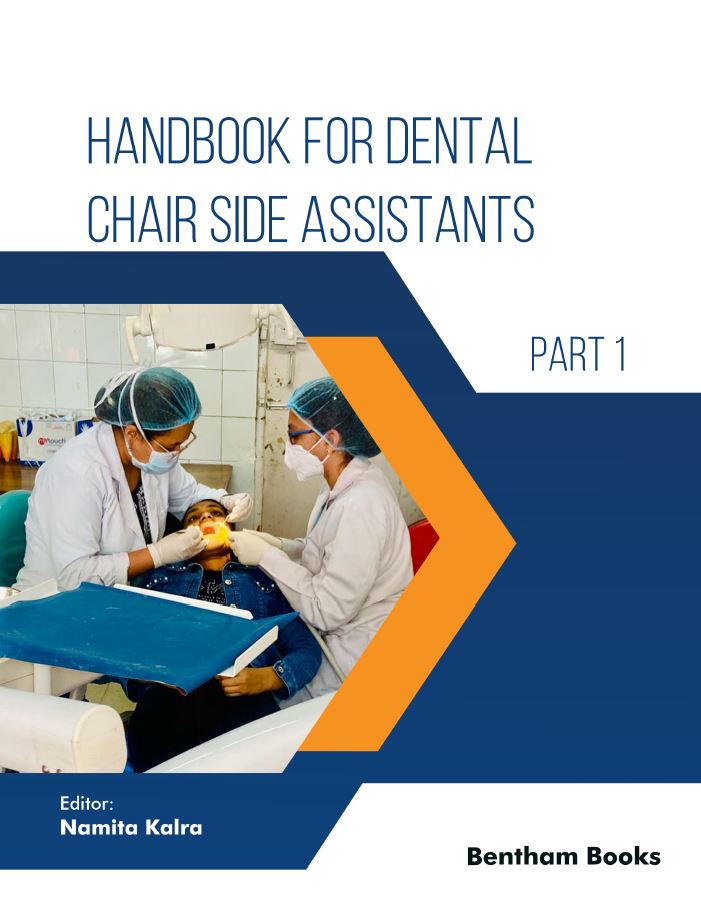
Handbook for Dental Chair Side Assistants - Part 1
Jul 2023
Book
Namita Kalra
Handbook for Dental Chair Side Assistants is a timely and comprehensive resource designed to educate the dental chair side assistant and dental nurses about dentistry. This unique practical handbook covers the basic sciences emergencies and clinical aspects of all dental specialties. The theoretical knowledge and background about dental anatomy dental microbiology oral pathology dental materials dental radiology dental procedures common drugs pro Read More
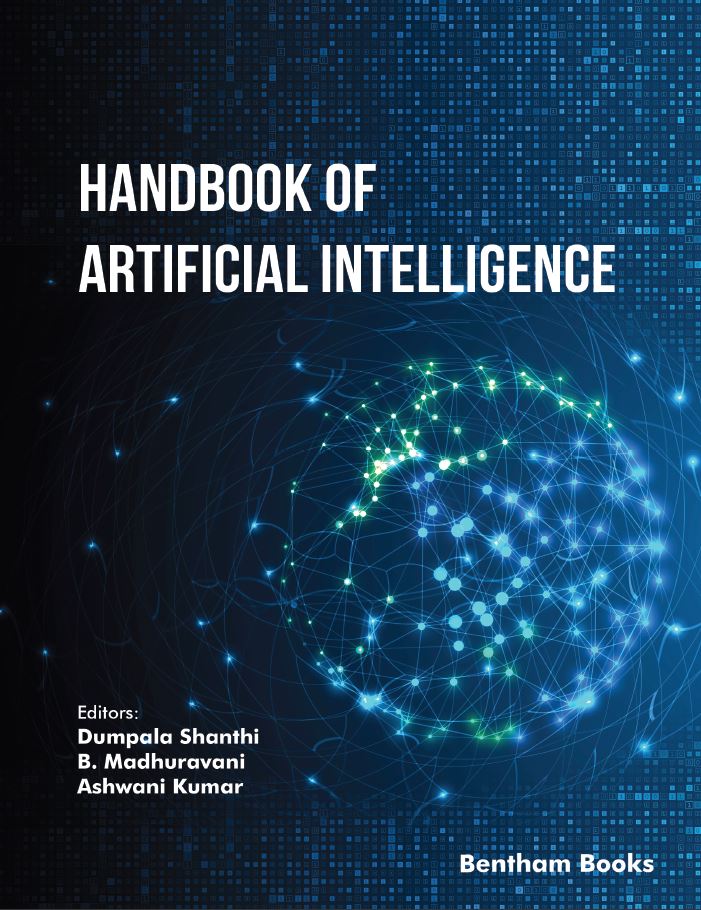
Handbook of Artificial Intelligence
Nov 2023
Book
Dumpala Shanthi,
B. Madhuravani and
Ashwani Kumar
Artificial Intelligence (AI) is an interdisciplinary science with multiple approaches to solve a problem. Advancements in machine learning (ML) and deep learning are creating a paradigm shift in virtually every tech industry sector. This handbook provides a quick introduction to concepts in AI and ML. The sequence of the book contents has been set in a way to make it easy for students and teachers to understand relevant concepts with a practical o Read More

Handbook of Integrated Weed Management for Major Field Crops
Oct 2024
Book
Handbook of Integrated Weed Management for Major Field Crops provides a comprehensive guide to the identification ecology and management of weeds in key agricultural crops such as rice wheat maize sugarcane oilseeds pulses and more. The book highlights an integrated approach to weed control combining cultural mechanical biological and chemical methods. Each chapter focuses on specific crops detailing tailored strategies for effective weed mana Read More
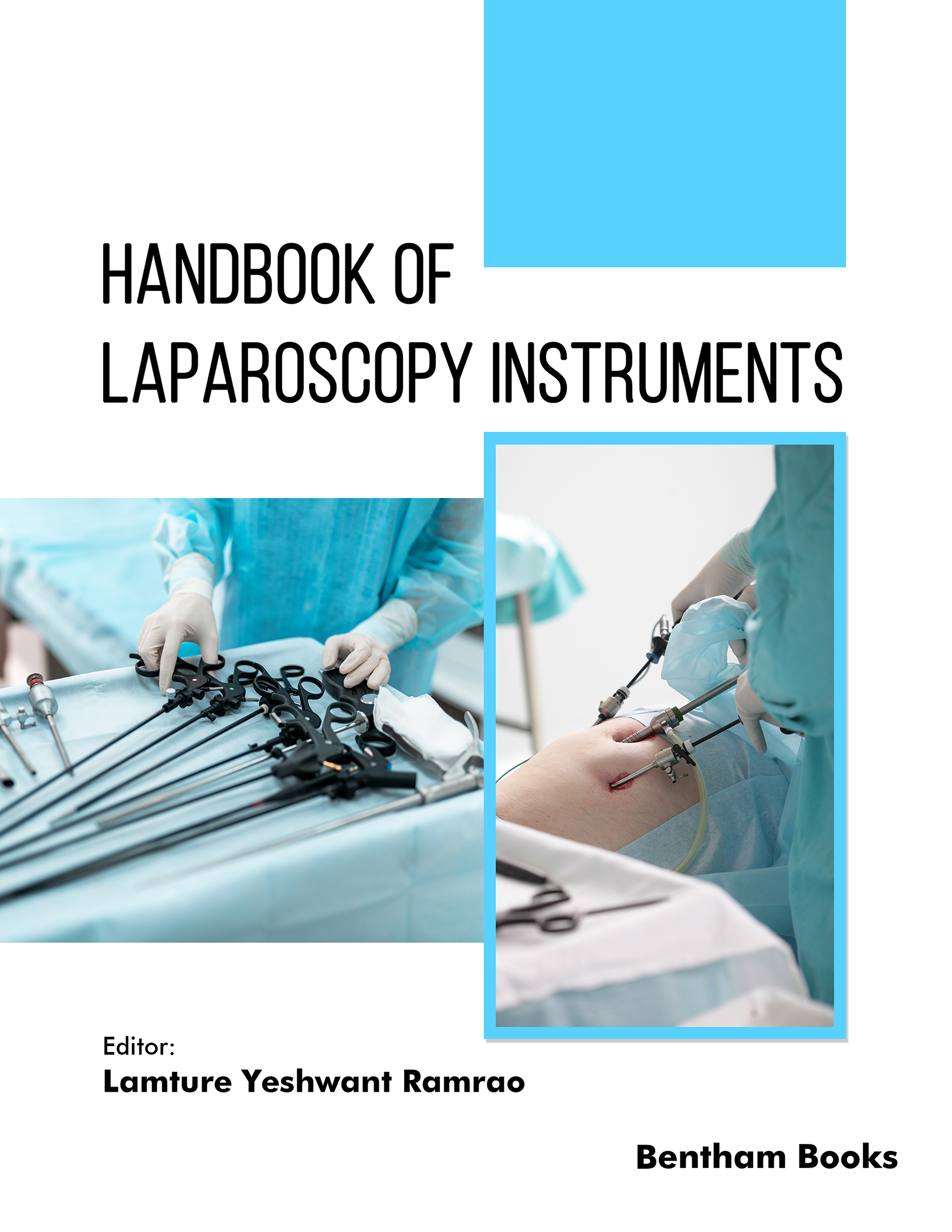
Handbook of Laparoscopy Instruments
Dec 2023
Book
Lamture Yeshwant Ramrao
Handbook of Laparoscopy Instruments covers the essential components of laparoscopic instruments and technology. It presents accessible information covering key topics on the subject: Ø Basic and specialized laparoscopic instruments Ø Image production Ø Pneumoperitoneum maintenance Ø Ergonomics Ø Sterilization procedures Ø Optical devices Ø Operation theatre layout and setup Ø Operative hand instruments Ø Robotic Surgery This book is a Read More
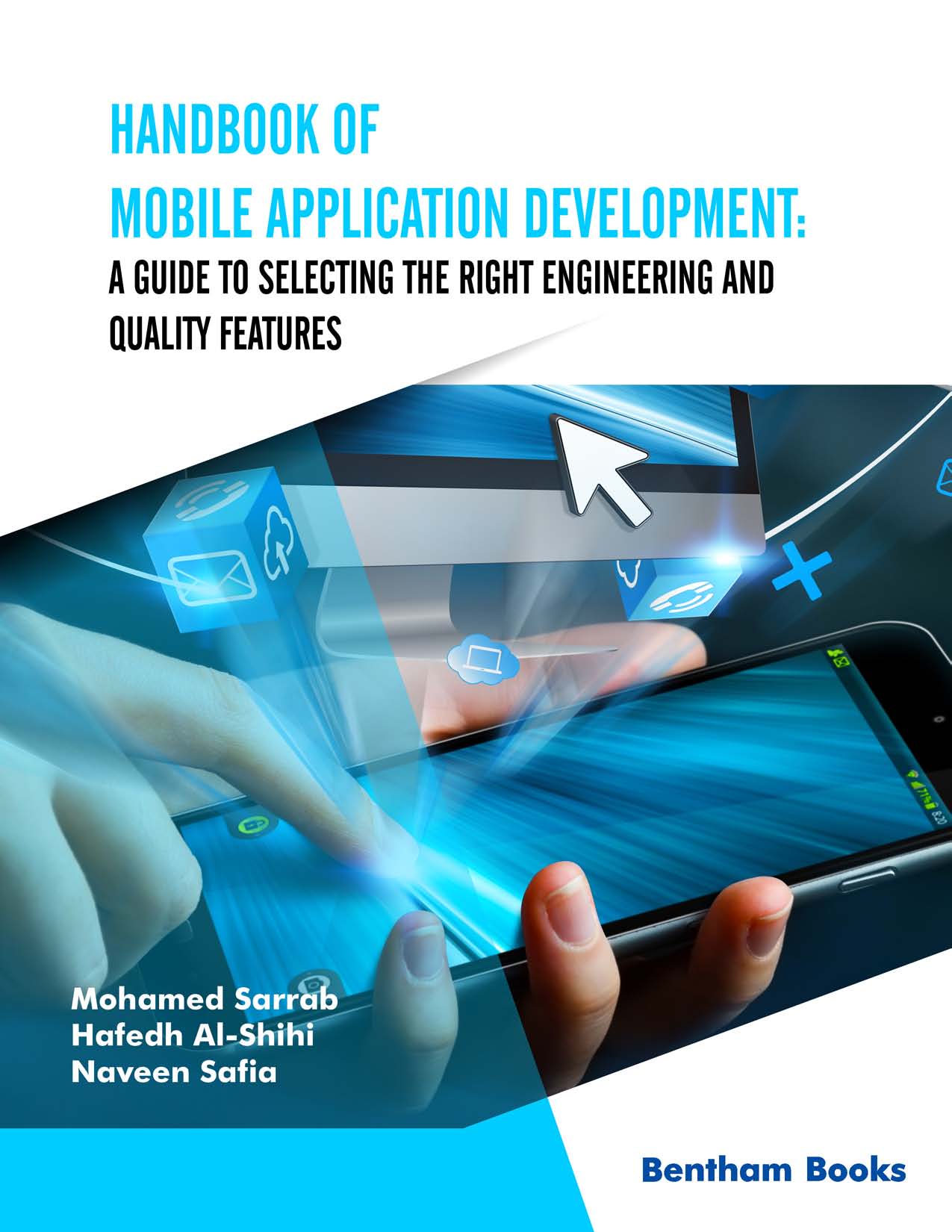
Handbook of Mobile Application Development: A Guide to Selecting the Right Engineering and Quality Features
Jul 2021
Book
This handbook is a concise yet complete guide to fundamental engineering requirements and quality characteristics that users developers and marketers of mobile applications should be aware of. It provides detailed definitions and descriptions of eight key software application features that are integral to the overall design and user experience goals and which may often overlap with certain functionalities. The book explains the essential aspects of thes Read More
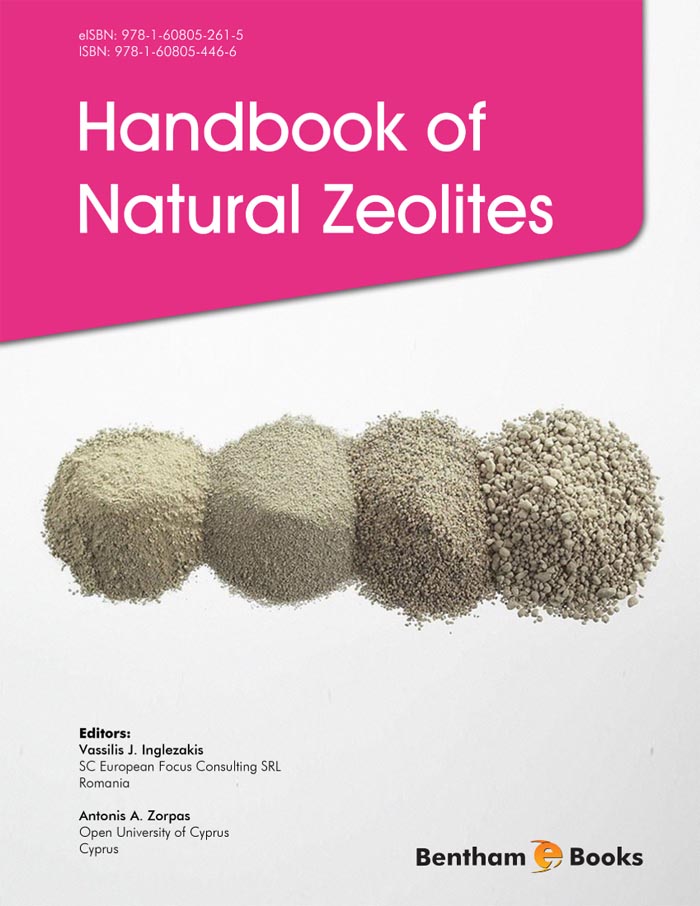
Handbook of Natural Zeolites
Jul 2012
Book
Vassilis J. Inglezakis and
Antonis A. Zorpas
Handbook of Natural Zeolites provides a comprehensive and updated summary of all important aspects of natural zeolites science and technology. The e-book contains four sections covering the relevant scientific background established technologies recent discoveries and future perspectives. All 28 chapters in this handbook are presented by highly respected scientists and leaders in natural zeolites science and include extensive references. The text in Read More
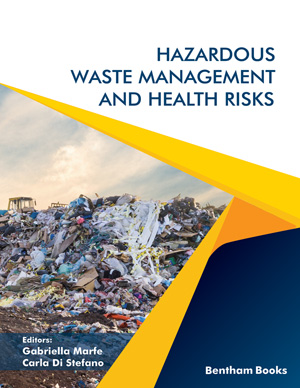
Hazardous Waste Management and Health Risks
Aug 2020
Book
Gabriella Marfe and
Carla Di Stefano
Hazardous Waste Management and Health Risks presents a systematic overview of evaluating solid and hazardous waste management practices. The book introduces readers to the basic principles of hazardous waste management and progresses into related topics that allow managers to assess environmental quality. These topics include heavy metal pollution reproductive biomarkers as signals of environmental pressure and health risks and environmen Read More

Head and Neck Cancer: Hallmarks of the Inflammation Ecosystem
Mar 2021
Book
Norhafiza Mat Lazim
This reference comprehensively covers the clinical aspects of head and neck neoplasms while also highlighting the relationship that exists between inflammation and these cancers. This relationship is critical as it dictates the risks assessment treatment and prognosis of head and neck cancer patients. The book starts with an introduction to the inflammation ecosystem in head and neck malignancy followed by detailed discussions on the types of Read More
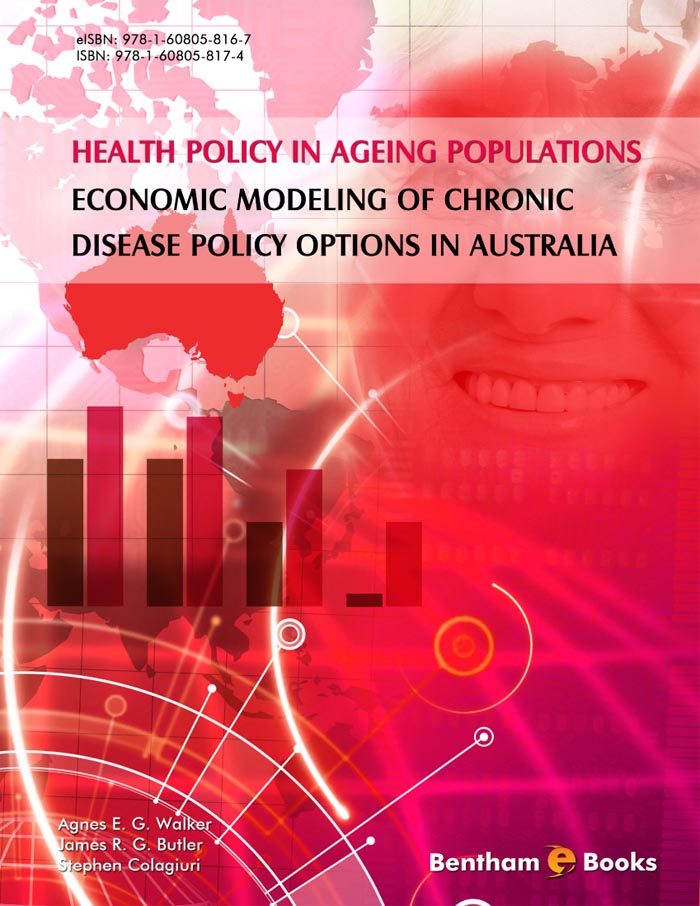
Health Policy in Ageing Populations: Economic Modeling of Chronic Disease Policy Options in Australia
Dec 2013
Book
Agnes E.G. Walker,
James R.G. Butler and
Stephen Colagiuri
In a global environment of rapid increases in health expenditures health policies in Australia and in many other countries are currently undergoing major reforms. To contain future cost increases accurate tools able to identify and rank ‘best value for money’ health investments are essential.In Australia non-communicable chronic diseases – e.g. diabetes heart disease cancer arthritis and mental disorders – affect the majority of the elderly account for Read More
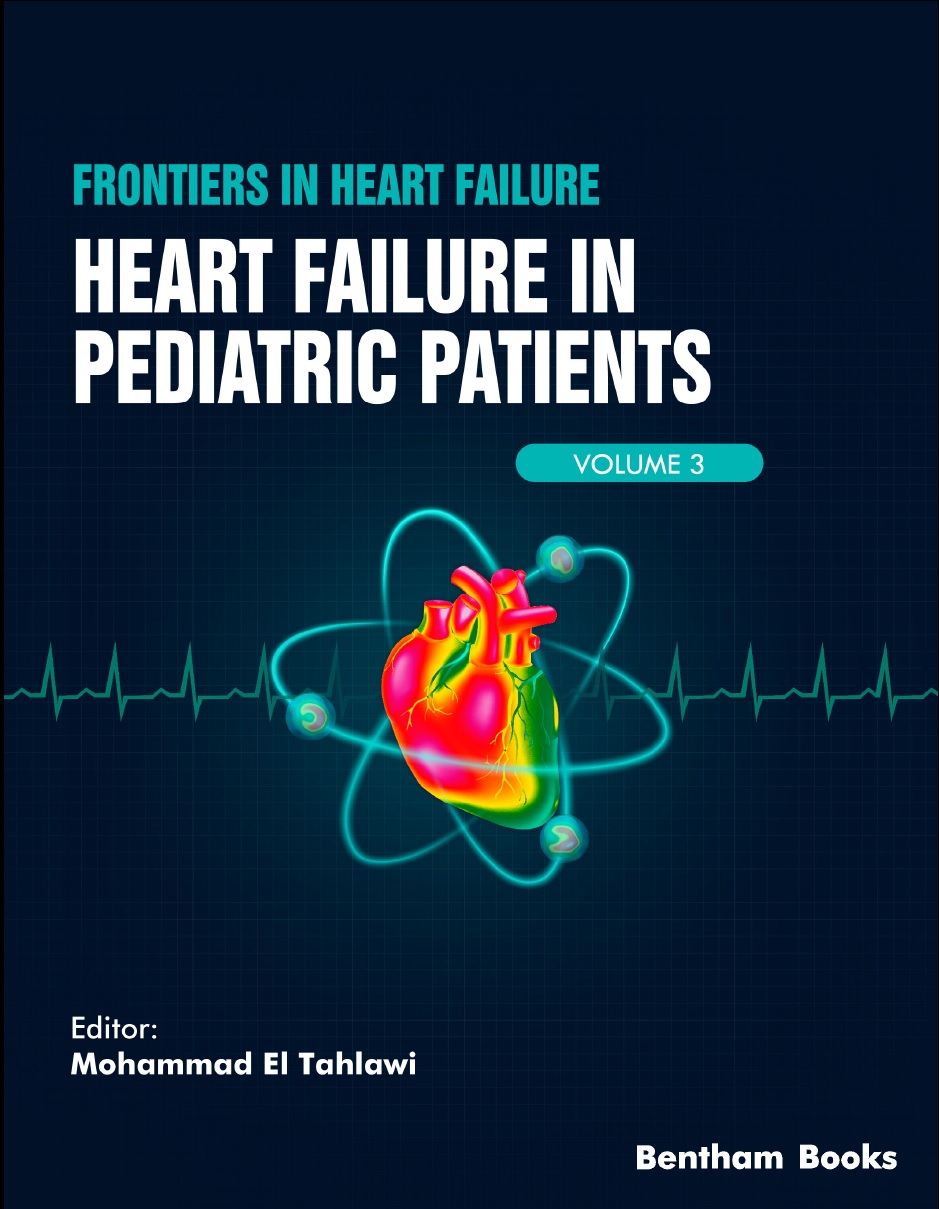
Heart Failure in Pediatric Patients
Jan 2020
Book
Mohammad El Tahlawi
Pediatric patients require special attention for treating their cardiac conditions and preventing heart failure. Treatment for heart failure in children may involve professionals from multiple medical disciplines.Heart Failure in Pediatric Patients describes the pathophysiology classification and clinical presentation of heart failure in pediatric populations with an emphasis on infants with congenital heart disease.Readers will learn about different modes of clinic Read More
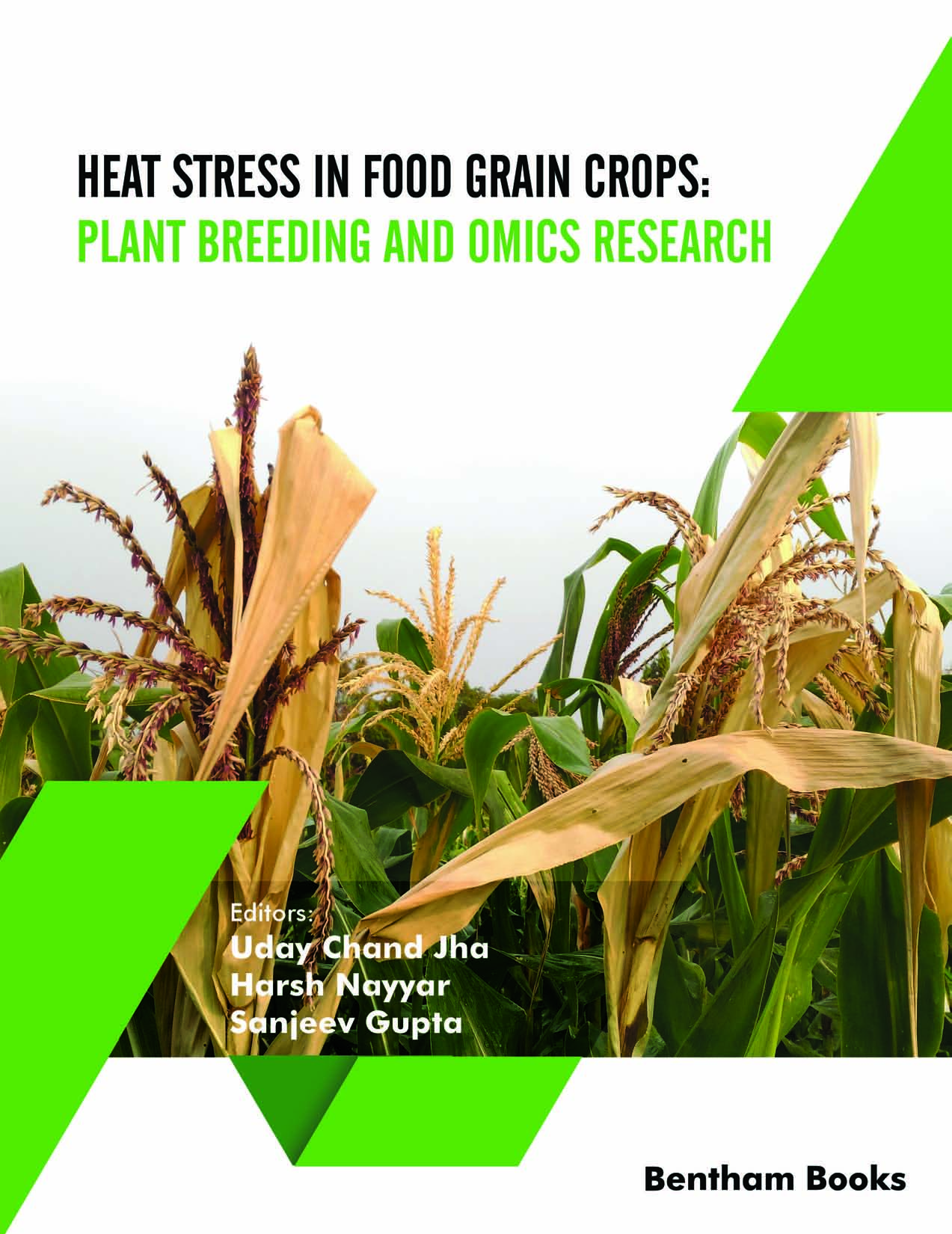
Heat Stress In Food Grain Crops: Plant Breeding and Omics Research
Oct 2020
Book
Uday C. Jha,
Harsh Nayyar and
Sanjeev Gupta
Heat Stress In Food Grain Crops: Plant Breeding and Omics Research is a timely compilation of advanced research on heat stress affecting crop yield plant growth & development of common food grain and cereal crops. Chapters in the book cover several aspects of crop science including the identification of potential gene donors for heat tolerance physiological mechanisms of adaptation to heat stress the use of conventional and modern tools of bree Read More
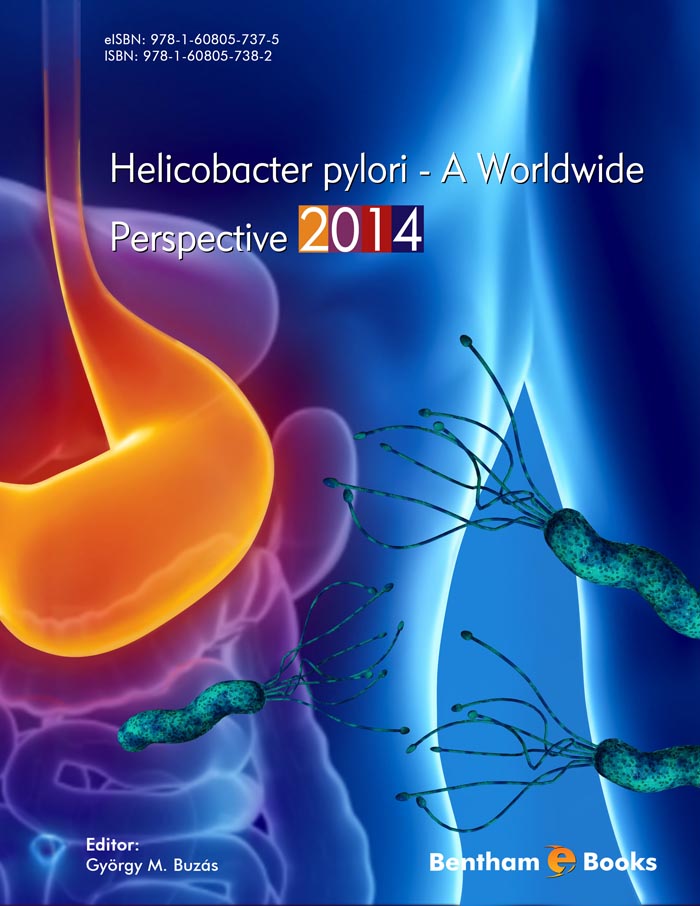
Helicobacter Pylori: A Worldwide Perspective 2014
Mar 2014
Book
Buzs Gyrgy Mikls
This e-book covers Helicobacter pylori research as it looks in 2014. The discovery of the bacterium in 1982 by B.J. Marshall and R. I. Warren had a tremendous impact on basic research and clinical medicine resulting in the past 3 decades in more than 34000 published articles. The editor of this volume and the contributing authors have compiled a unique collection of chapters dealing the with the microbiology epidemiology clinical diagnosis and t Read More

Hepatic Elastography Using Ultrasound Waves
Aug 2012
Book
Ioan Sporea and
Roxana Șirli
Some time ago Schiano raised the question "To B or not to B" which means "To Biopsy or not to Biopsy" the liver for the evaluation of chronic hepatopathies. For a long period liver biopsy (LB) was considered the "gold standard" for the evaluation of liver morphology. A major disadvantage of LB is its invasiveness: the risk of post-biopsy discomfort for patients and sometimes for serious complications; also the lack of sensitivity to detect fibrosis due to its hete Read More
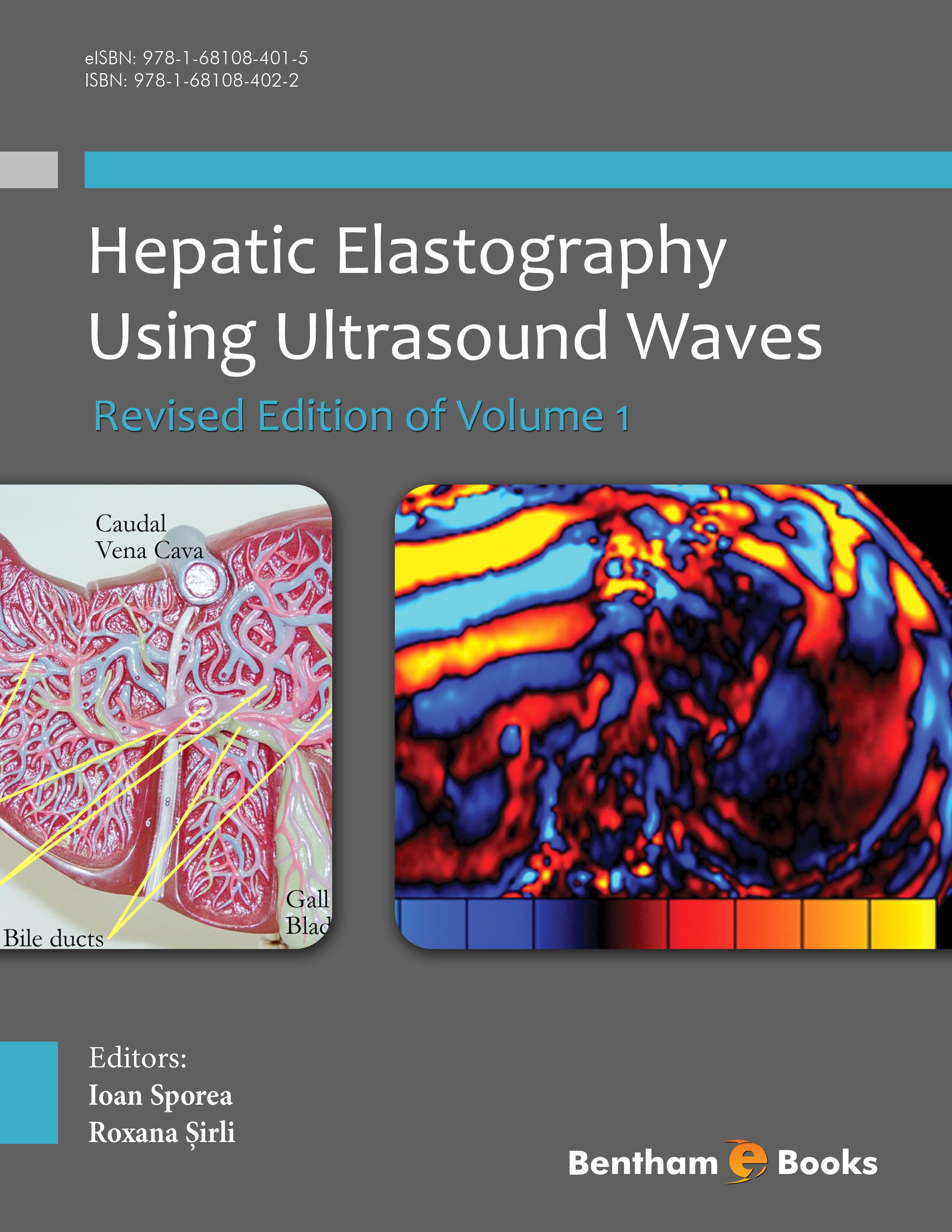
Hepatic Elastography Using Ultrasound Waves Revised Edition of Volume 1
Dec 2016
Book
Ioan Sporea and
Roxana irli
Liver biopsy (LB) is sometimes considered to be the "gold standard" for the evaluation of liver morphology in the diagnosis of chronic hepatopathies. A major disadvantage of LB is its invasiveness: the risk of post-biopsy discomfort for patients and sometimes of serious complications; the lack of sensitivity to detect fibrosis due to its heterogeneity and the difficulty to obtain adequate physical samples for pathological examination is also problematic. In these ci Read More
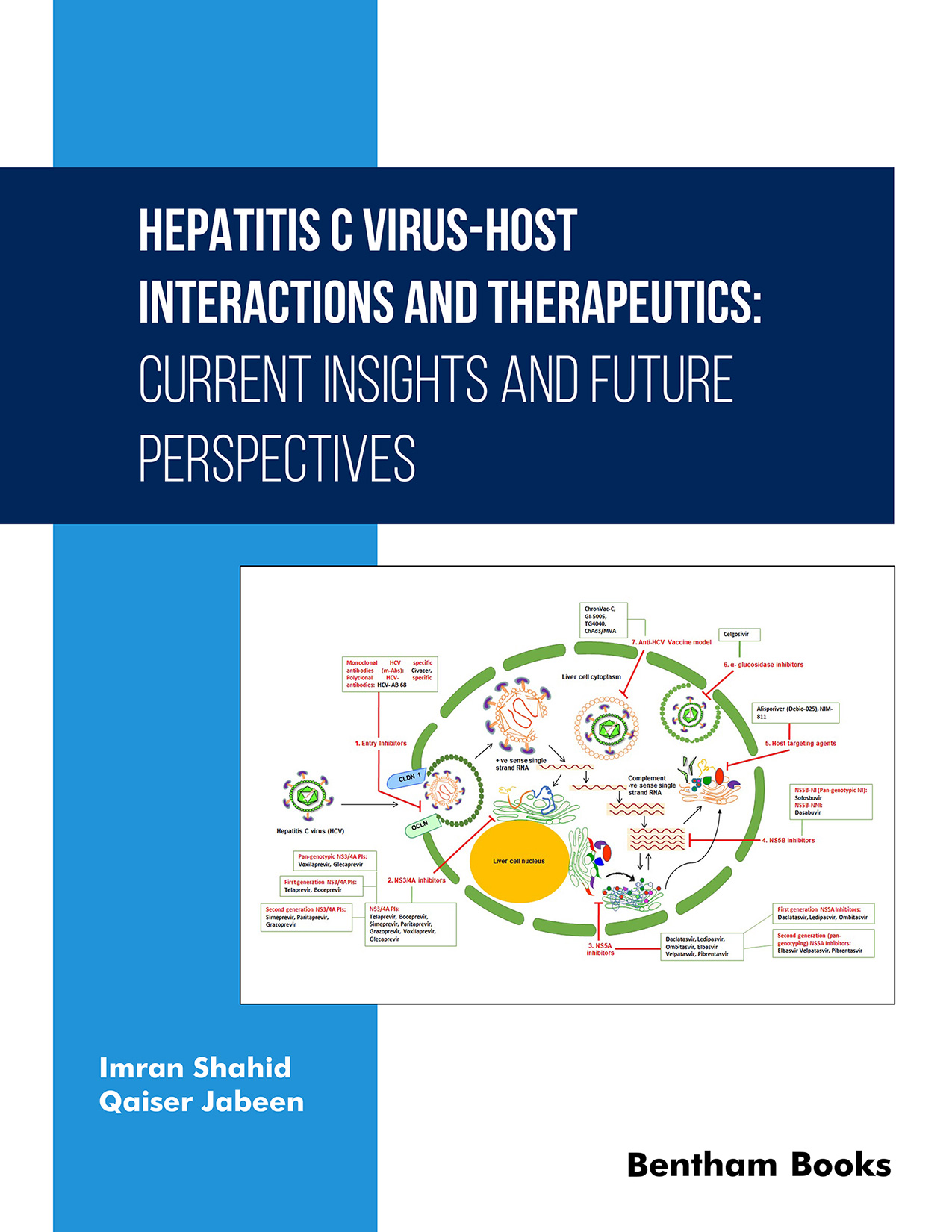
Hepatitis C Virus-Host Interactions and Therapeutics: Current Insights and Future Perspectives
Jan 2023
Book
The burden of hepatitis C virus (HCV) infection on the public health care system continues to remain significant despite the remarkable progress made in HCV therapeutics in the recent past. There are now almost a dozen oral interferon-free direct-acting antivirals available for the treatment of hepatitis C virus infection. Despite advances in the treatment of HCV therapeutic gaps remain that are yet to be fully explored. Researchers and scientists still striv Read More
No more items...
